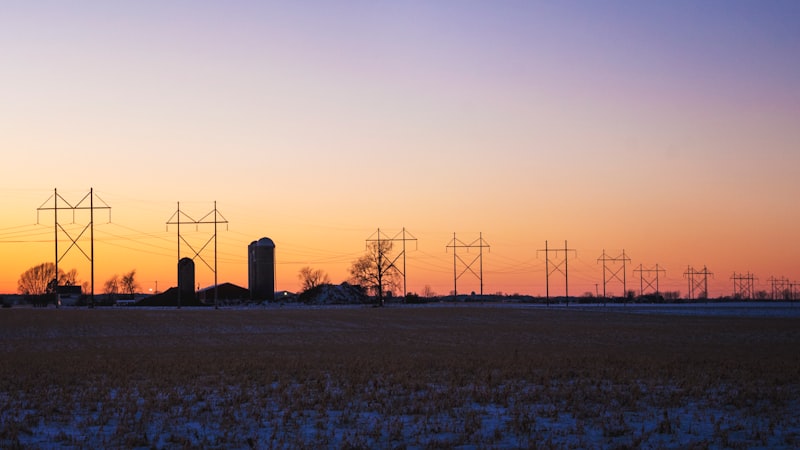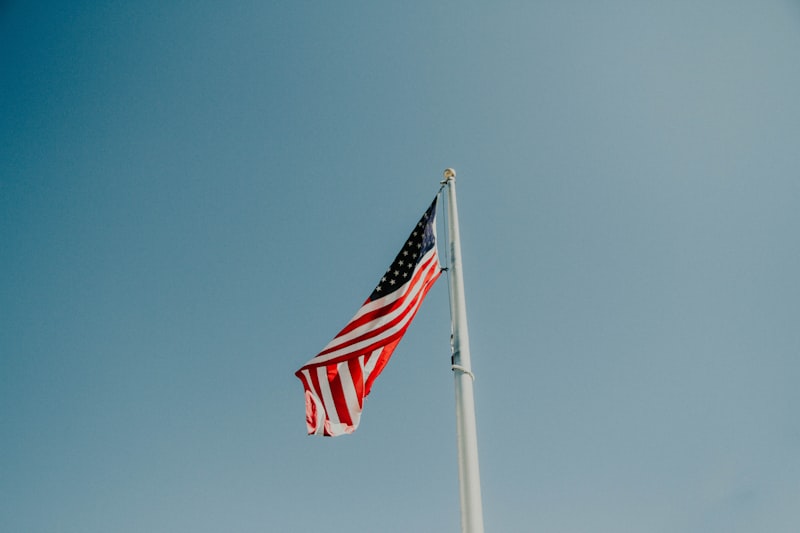Have you ever wondered which country speaks Dutch? Well, let me enlighten you! The Netherlands, also known as Holland, is the primary country where Dutch is spoken. But here’s a fascinating twist: Dutch is not only confined to the Netherlands; it extends its linguistic reach beyond borders.
Belgium, our neighboring nation, also embraces Dutch as one of its official languages. In fact, there are three regions in Belgium where Dutch is predominantly spoken: Flanders, Brussels, and the Flemish part of Wallonia. These regions are home to a significant number of Dutch speakers, making Belgium an essential hub for the language.
But wait, there’s more! Suriname, a country situated on the northeastern coast of South America, is another place where Dutch prevails. Suriname was once a Dutch colony, hence the influence of the language. Although Suriname gained independence in 1975, Dutch remained an official language due to historical ties.
As we explore further, we come across the Dutch Caribbean islands. Aruba, Curaçao, and Sint Maarten are constituent countries within the Kingdom of the Netherlands, where Dutch is recognized as the official language alongside other languages such as Papiamentu, English, and Spanish. These tropical islands offer a unique blend of cultures and languages.
And let’s not forget about a small territory in South America called the ABC Islands—Aruba, Bonaire, and Curaçao. Here, too, Dutch takes center stage as one of the spoken languages. These islands attract tourists from all corners of the globe with their breathtaking landscapes and vibrant cultural heritage.
In summary, while the Netherlands may be the main country associated with the Dutch language, it is fascinating to discover that Dutch transcends geographical boundaries. From Belgium to Suriname and the Dutch Caribbean islands, the Dutch language forms an integral part of multiple nations, each contributing its own nuances and dialects. So, whether you’re planning a trip to Europe or embarking on an adventure in South America, having some knowledge of Dutch might just broaden your horizons and enhance your experiences!
The Dutch Language: Unraveling the Global Footprint of Nederland’s Linguistic Legacy
Did you know that the Dutch language carries a fascinating linguistic legacy that has left an indelible mark on the global stage? From its humble origins to its widespread influence, Dutch has shaped cultures and communities in ways that continue to reverberate today.
At its core, Dutch is a West Germanic language and one of the closest relatives of English and German. Originating in the Low Countries, particularly the Netherlands and Belgium, Dutch developed over centuries, blending influences from neighboring languages and dialects.
But what sets Dutch apart and makes it truly special is its global reach. As history unfolded, the Dutch established a vast colonial empire, encompassing territories in Asia, Africa, and the Americas. Through trade, exploration, and colonization, the Dutch language spread far and wide, leaving an enduring linguistic footprint across continents.
In regions like Indonesia and Suriname, former Dutch colonies, the language took root and became deeply integrated into local cultures. Even today, Dutch-based creole languages are spoken by communities who embrace their linguistic heritage.
Furthermore, the Dutch language has had a significant impact on other languages worldwide. It contributed numerous loanwords to English, including “yacht,” “cookie,” and “boss.” These lexical borrowings highlight the historical connections between Dutch and English-speaking nations.
Beyond its lexical influence, Dutch also plays a role in shaping scientific research and academic discourse. In various fields such as art history, economics, and law, Dutch scholars have made valuable contributions. Publications and academic conferences conducted in Dutch continue to foster intellectual exchange and contribute to global knowledge.
The Dutch language’s impact extends beyond academia. Dutch-language literature, with celebrated authors like Harry Mulisch and Gerard Reve, has gained international acclaim, captivating readers with its rich storytelling traditions and unique perspectives.
As we delve into the intricate web of cultural and linguistic connections, we discover that the Dutch language, with its global footprint, reveals the interconnectedness of our world. It serves as a testament to the enduring legacy of the Netherlands and its people, who have left an undeniable mark on history.
Beyond the Netherlands: Surprising Countries Where Dutch is Spoken as an Official Language
Introduction:
If you thought the Dutch language was confined to the Netherlands, think again! Dutch, with its unique charm and melodic tones, stretches far beyond the borders of its homeland. In this article, we’ll take a captivating journey into the surprising countries where Dutch is spoken as an official language. Get ready to explore unexpected linguistic territories and uncover the diverse cultural heritage of the Dutch language.
Dutch in Belgium:
Just south of the Netherlands lies Belgium, a country renowned for its waffles, chocolates, and multilingualism. While French dominates the southern region of Wallonia, Dutch is one of Belgium’s three official languages, mainly spoken in Flanders. Delve into the vibrant cities of Antwerp, Ghent, or Bruges, and you’ll be greeted with the melodious sounds of Dutch intertwined with Flemish accents.
Caribbean Connections:
Prepare to be intrigued as we venture across the Atlantic Ocean to the Caribbean. Surinam, formerly known as Dutch Guiana, is an enchanting tropical paradise where Dutch takes center stage. As the smallest independent country in South America, Surinam boasts a rich blend of cultures, and Dutch serves as its official language. Discover how Dutch harmoniously coexists with Sranan Tongo, an English-based Creole language, and a tapestry of other indigenous tongues.
African Influences:
Our linguistic expedition now takes us to Africa, where Dutch leaves an indelible mark. In the southernmost part of the continent, South Africa proudly declares Dutch alongside eleven other official languages. Known as Afrikaans, this fascinating derivative of Dutch has evolved over centuries, shaped by indigenous languages and influences from colonization. Immerse yourself in Cape Town or Johannesburg, and you’ll encounter the captivating rhythms of Afrikaans.
The Dutch in the Caribbean once more:
But wait, our journey isn’t over yet! We return to the Caribbean to uncover another hidden gem. The islands of Aruba, Curaçao, and Sint Maarten, known as the ABC islands, form part of the Kingdom of the Netherlands. Here, Dutch shares the spotlight with Papiamento, a unique creole language born from African, Portuguese, Spanish, and Dutch influences. Explore these picturesque destinations, where azure waters and sandy beaches blend seamlessly with Dutch linguistic traditions.
Conclusion:
The Dutch language transcends borders, embracing various cultures and leaving its mark on unexpected corners of the world. From neighboring Belgium to the tropical paradise of Surinam, and from South Africa’s diverse linguistic landscape to the enchanting ABC islands in the Caribbean, Dutch continues to thrive and surprise us. Its rich tapestry of dialects, accents, and influences reflects the fascinating journey of a language that has traveled far beyond its origins. So, next time you hear the mellifluous sounds of Dutch, remember its remarkable global presence and the captivating stories it carries from each country it calls home.
From Amsterdam to Paramaribo: Tracing the Historical Roots of Dutch-Speaking Nations
Have you ever wondered about the historical connections between Amsterdam and Paramaribo? The Dutch-speaking nations have a fascinating shared history that spans across continents and centuries. Join me on a journey as we trace the roots of these countries and uncover the ties that bind them together.
Amsterdam, the capital of the Netherlands, serves as the starting point for our exploration. Known for its picturesque canals and rich cultural heritage, Amsterdam was once a flourishing hub of trade during the Golden Age. Dutch merchants set sail from this vibrant city, venturing into new territories across the globe.

One such destination was Suriname, a country located in South America. Paramaribo, its capital, holds an important place in the history of Dutch-speaking nations. Suriname, formerly known as Dutch Guiana, was a Dutch colony for over 300 years, from the 17th century until its independence in 1975.
The connection between Amsterdam and Paramaribo is deeply rooted in the transatlantic slave trade. Dutch colonizers established plantations in Suriname and brought enslaved Africans to work on them. This dark chapter in history shaped the demographics and culture of both countries.
Despite gaining independence, Suriname maintains strong ties with the Netherlands. Dutch remains the official language, and many Surinamese citizens hold dual nationality. Paramaribo showcases architectural influences from Amsterdam, with its charming wooden buildings reminiscent of Dutch colonial style.
Beyond Suriname, other Dutch-speaking nations also share a common heritage with Amsterdam. Countries like Aruba, Curaçao, and Sint Maarten in the Caribbean were once part of the Dutch Antilles. These islands bear witness to Dutch influence through their architecture, language, and legal systems.

The historical roots of Dutch-speaking nations can be traced back to Amsterdam, the vibrant city that launched explorers and traders into distant lands. From the colonial era to the present day, the ties between Amsterdam and Paramaribo, as well as other Dutch-speaking nations, remain strong. Exploring the shared history and cultural influence between these countries unveils a captivating narrative that continues to shape their identities.
Lost in Translation: The Fascinating Evolution of Dutch Dialects Across Different Countries
Have you ever wondered how language can change and evolve, creating unique dialects across different countries? It’s truly fascinating to delve into the world of Dutch dialects and explore their captivating evolution. From the Netherlands to Belgium to Suriname, Dutch dialects have taken on distinct characteristics, reflecting the rich cultural tapestry of each region.
In the Netherlands, where Dutch is the official language, various dialects have emerged over the centuries. From Gronings in the north to Limburgish in the south, each region has its own distinctive way of speaking Dutch. These dialects are influenced by neighboring languages and historical factors, such as trade and migration.
Moving beyond the borders of the Netherlands, we encounter Flemish, the Dutch dialect spoken in Belgium. Flemish shares many similarities with Dutch but also incorporates elements of French due to Belgium’s linguistic diversity. The result is a unique blend of Dutch and French, giving Flemish its own character and charm.
Surprisingly, even outside of Europe, Dutch dialects can be found. In Suriname, a former Dutch colony in South America, Sranan Tongo has developed as a creole language with Dutch roots. This fascinating dialect arose from the interaction between Dutch colonizers, African slaves, and indigenous people. It serves as a testament to the impact of colonization on language and culture.
So, why do these dialects matter? Well, they not only shape our linguistic landscape but also provide a deeper understanding of regional identities and histories. They connect us to the past, acting as windows into the traditions, customs, and social dynamics of different communities.
By exploring and preserving these dialects, we can celebrate the diversity and beauty of language. They remind us that language is a living entity, constantly evolving and adapting to its surroundings. So, next time you come across someone speaking a Dutch dialect, take a moment to appreciate the intricate web of history and culture woven into every word.